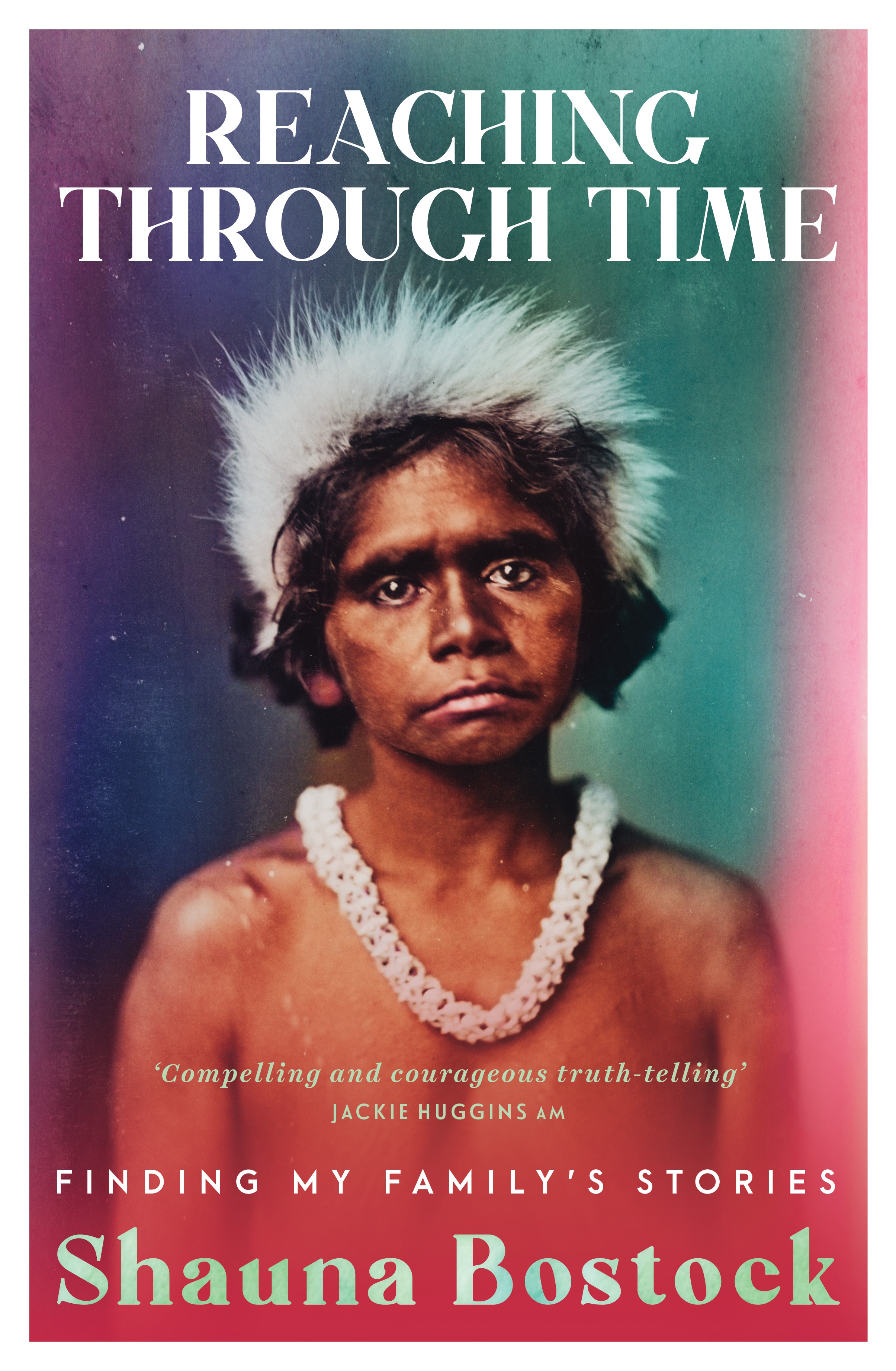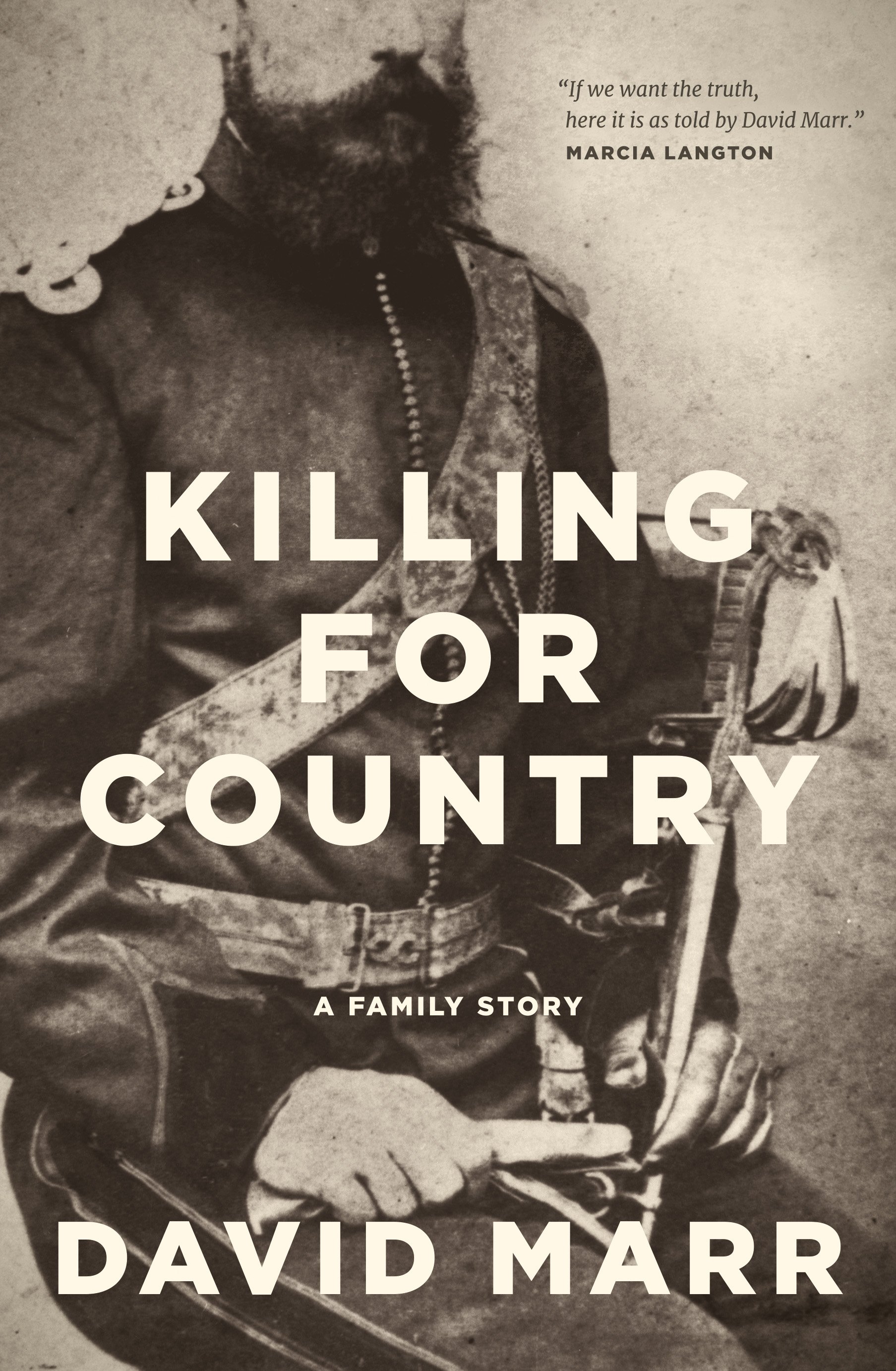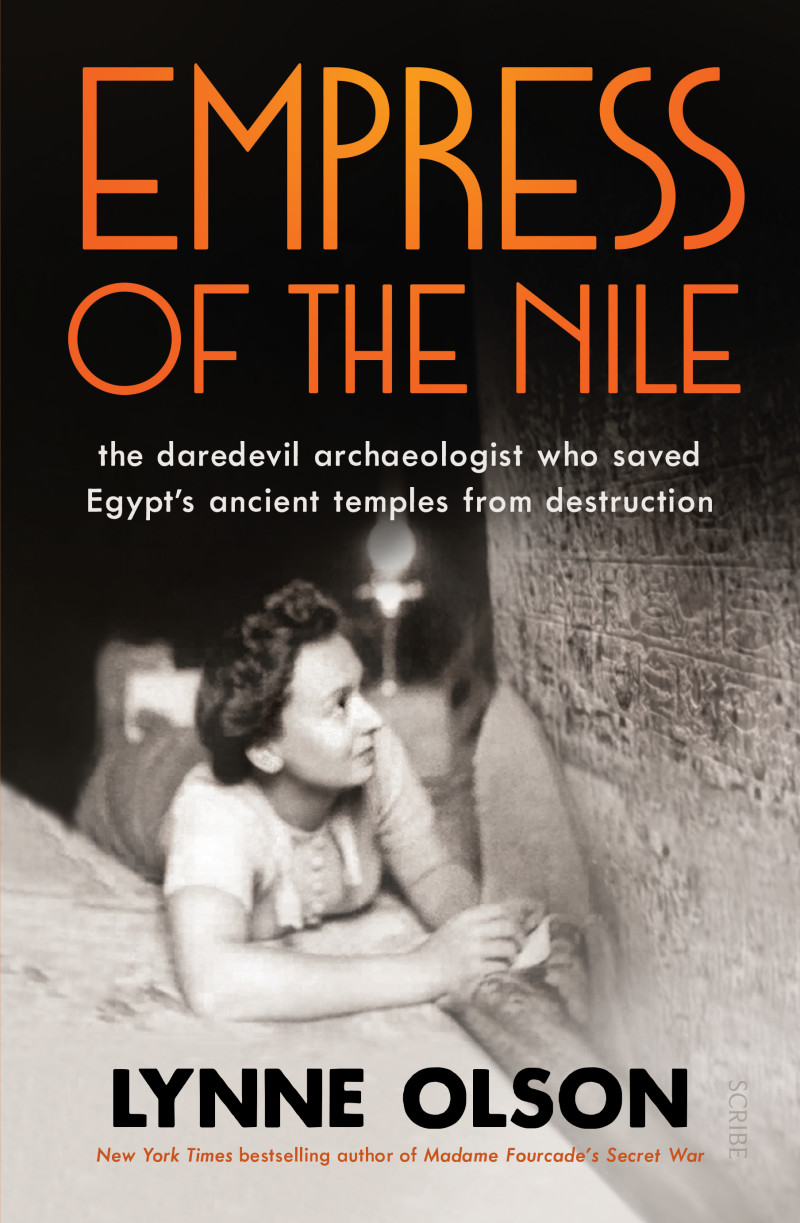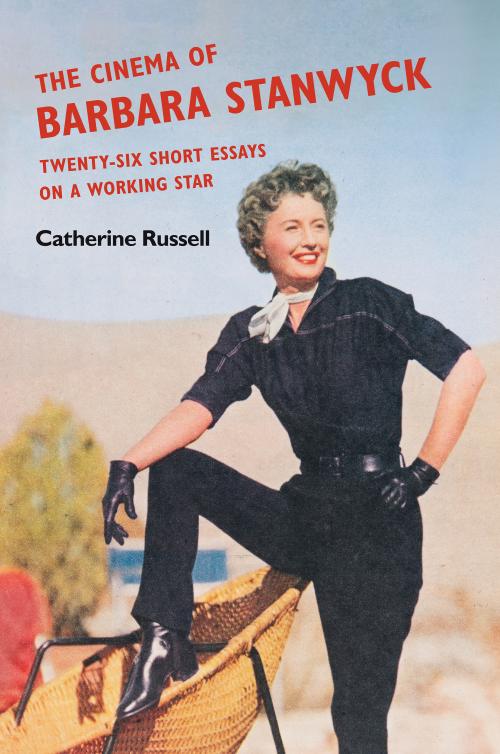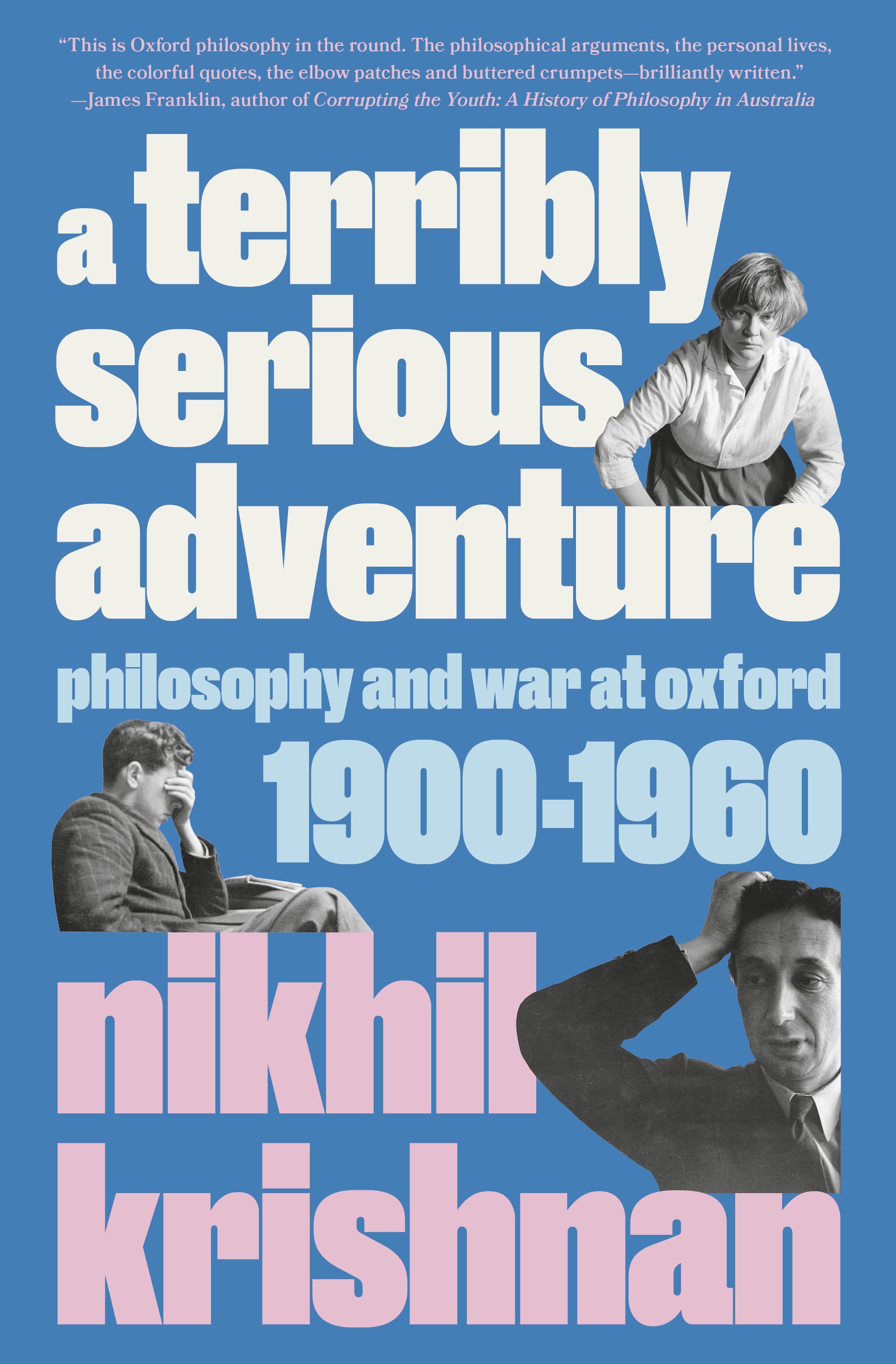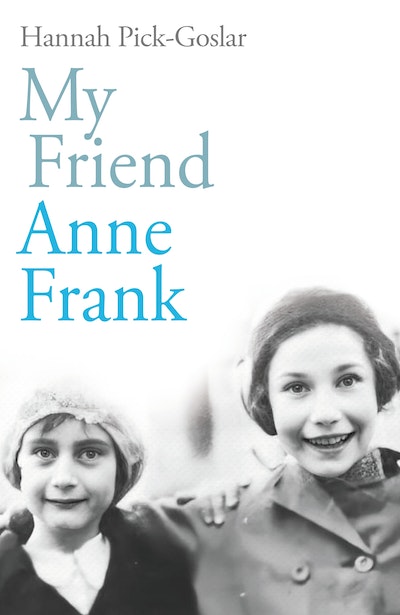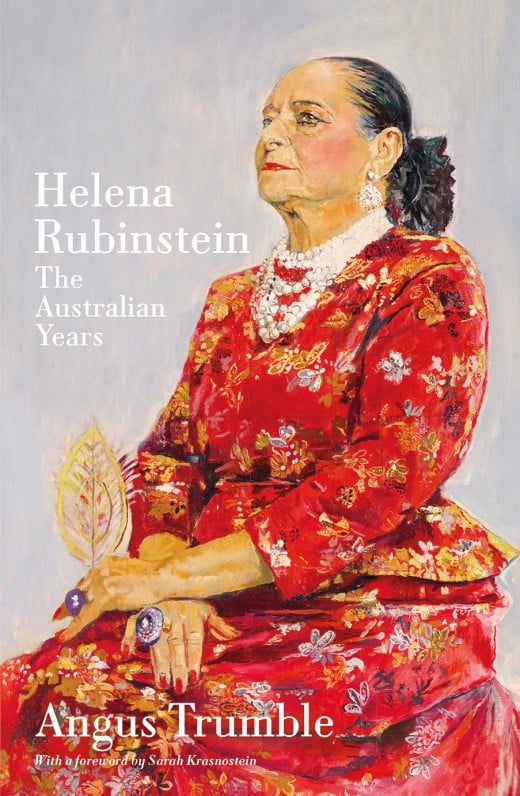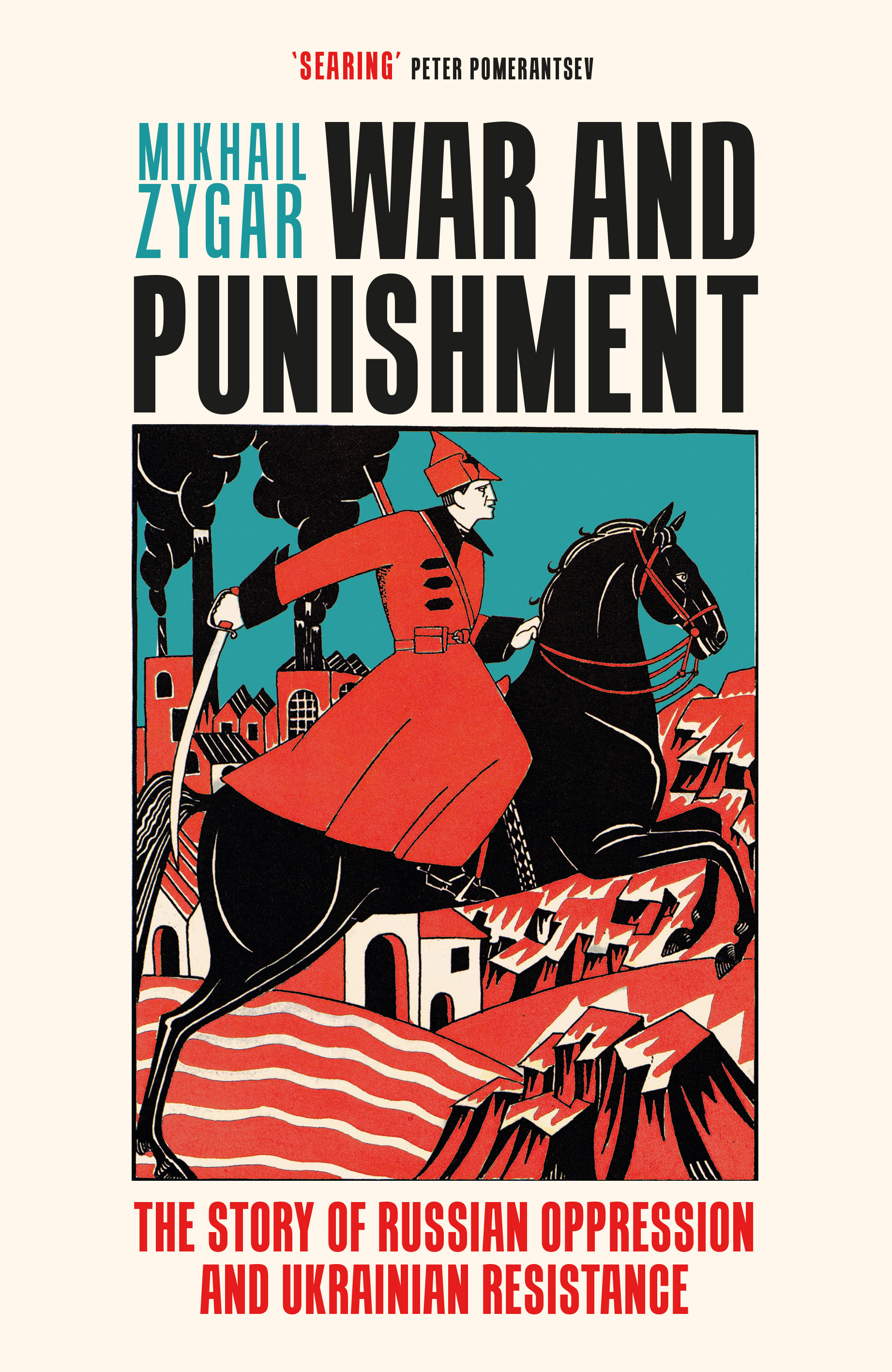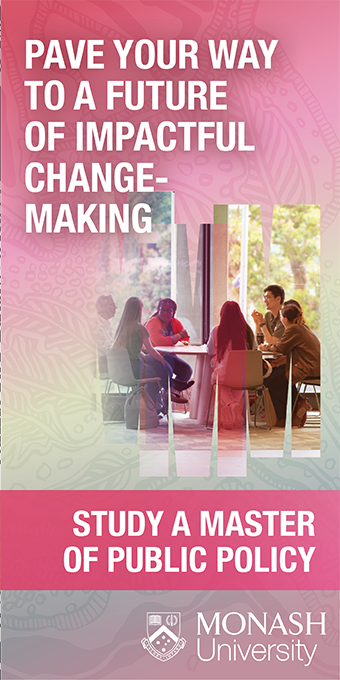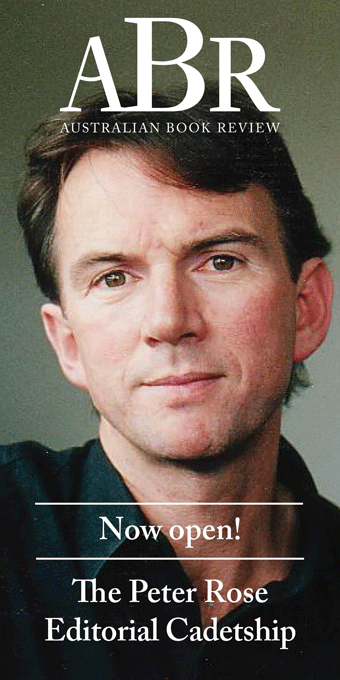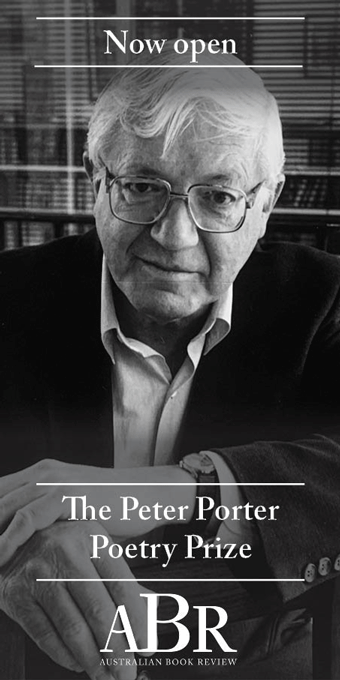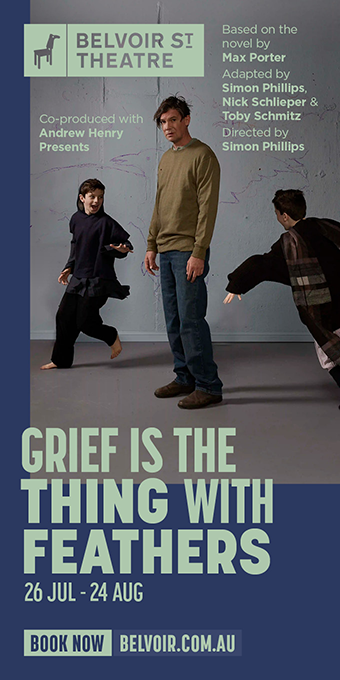History
The Red Hotel: The untold story of Stalin’s disinformation war by Alan Philps
by Sheila Fitzpatrick •
Reaching Through Time: Finding my family's stories by Shauna Bostock
by Jacinta Walsh •
Empress of the Nile: The daredevil archaeologist who saved Egypt’s ancient temples from destruction by Lynne Olson
by Theodore Ell •
A Terribly Serious Adventure: Philosophy and war at Oxford 1900–1960 by Nikhil Krishnan
by Karen Green •
War and Punishment by Mikhail Zygar & Russia's War Against Ukraine by Mark Edele
by Nick Hordern •
Clare Wright’s letter in response to Bain Attwood (ABR, August 2023) should profoundly disturb and unsettle anyone in this country concerned about the survival of active, rigorous, and engaged historical scholarship.
... (read more)


